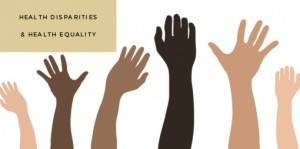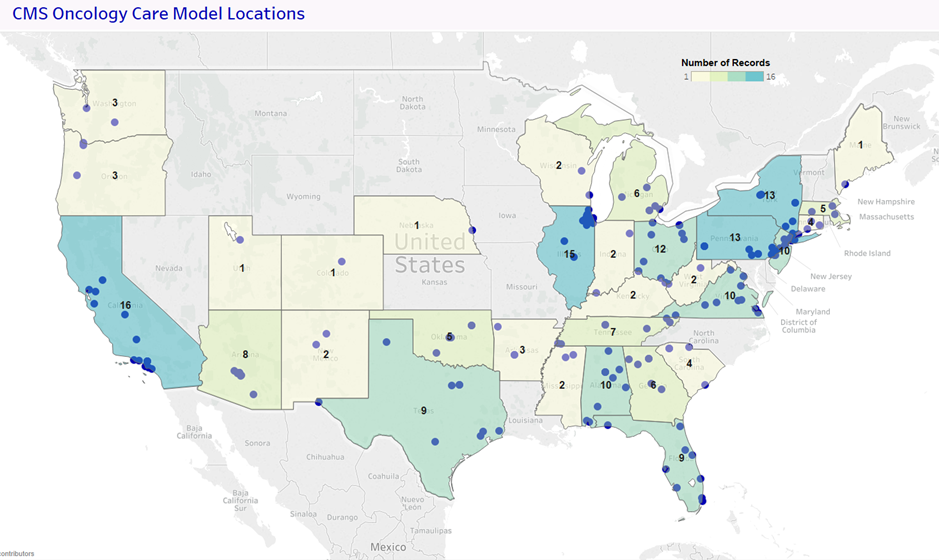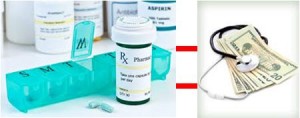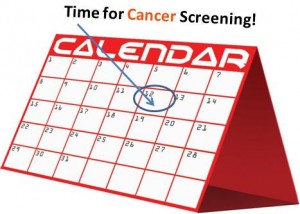 Getting adequate sleep is a critical part of the daily cycle of renewing bodily functions. Yet, many folks experience sleep deprivation; and those that do often tend to brush off its signs. Such signs include tossing around on the bed or staring at the ceiling at night, still feeling exhausted after sleep and having frequent mood swings, and undergoing reduced alertness and concentration during daytime.
Getting adequate sleep is a critical part of the daily cycle of renewing bodily functions. Yet, many folks experience sleep deprivation; and those that do often tend to brush off its signs. Such signs include tossing around on the bed or staring at the ceiling at night, still feeling exhausted after sleep and having frequent mood swings, and undergoing reduced alertness and concentration during daytime.
Poor sleep quality is not a minor issue. In fact, it’s an alarming one due to its being a possible underlying contributor to serious health problems and its adverse effects on your overall quality of life.
So, I’d like to zero into the topic of sleep disorders, particularly obstructive sleep apnea (OSA) and how common and serious it is.
First, let’s glance at OSA prevalence.
Sleep apnea is a serious sleep disorder, often underdiagnosed and undertreated. Obstructive sleep apnea (OSA) happens when there is intermittently reduced or stopped airflow despite ongoing ventilatory effort. This is caused by the blockage or collapse of the upper airway during sleep. In other words, your breathing stops and starts repeatedly.
About one billion people suffer from OSA worldwide. The overall prevalence in the US population amounts to 20 to 30 percent in men and 10 to 15 percent in women.
Second, what are risk factors of OSA?
- Old age
- Obesity
- Men (more commonly affected than women)
- Large tonsils (potentially narrow the airway)
- Certain populations (e.g., individuals with hypertension or atrial fibrillation)
- Changes in body hormone levels (women after menopause)
Also consider that sleep trouble could be reflective of lifestyle or behavior issues. A healthy lifestyle and sleep hygiene can assist you with a good night’s sleep. I’ve highlighted some practical tips previously.
Third, what are the possible severe consequences of OSA?
Poor quality of sleep, especially OSA, can negatively impact your well-being—not only your daily behaviors (e.g., fatigue, slow or suboptimal performance, being easily irritated, and increased caffeine or alcohol intake) but also various health problems. OSA is a respiratory condition. However, it is more and more accepted as a systemic disease. Let me briefly emphasize OSA’s possible, detrimental long-term effects on health.
1. Cardiovascular diseases
OSA can sneakily contribute to numerous cardiovascular disorders, including coronary artery disease, myocardial infarction or heart attack, stroke, arrhythmias, heart failure, diabetes, and hypertension. About 80 percent of individuals with drug-resistant hypertension also have OSA, which shows how complex OSA’s causes are and how chronic illnesses can be intertwined with OSA. So, be aware that unscreened and untreated OSA may potentially trigger preventable cardiovascular disease.
2. Cancer
Growing evidence shows that OSA is significantly associated with a higher cancer incidence and with mortality in various types of cancer. Individuals with OSA are more likely to develop cancer, and the severity of OSA results in a higher risk.
It’s not clear how OSA potentially promotes tumor malignancy; however, hypoxia, hypoxia-reoxygenation cycles—as the hallmark of OSA—can have an impact on tumor biology at least through systemic inflammation and subsequent activation of diverse cellular pathways to advance tumor progression. I’ve explained how poor sleep quality and OSA may contribute to cancer development in the book Key Strategies for Cancer Prevention.
3. Other chronic and systemic illnesses
Though a sleeping body is at rest, that body is still carrying on dynamic processes and integral functions. Poor sleep reduces circulating monocytes and natural killer cells, resulting in a weakened immune system. Patients with OSA are at higher risk for depression, mood swings, and cognitive delay. Moreover, OSA is also linked to disrupted hormonal balance and periodontal disease, etc..
I hope that by this point, you’ve gained new insight into the very important health issue of getting quality sleep and have gotten ready for action. Next time, don’t stop at an answer of “Yes” or “No” to the question of whether you had a good night’s sleep? Examine the question further (for yourself and your loved ones): How good or efficient is your sleep? What is the time it takes for you to fall asleep after turning off the lights? How long is your estimated sleep duration? How often or how long are you waking up at night? Do you have any gasping or breathing difficulty?
If you have trouble with these answers or wonder if you have a sleep disorder, it’s time to consult your doctor.
Key Take-home Message:
Improving your sleep quality is closely linked not only to improved health outcomes, but also to improved quality of your life.









